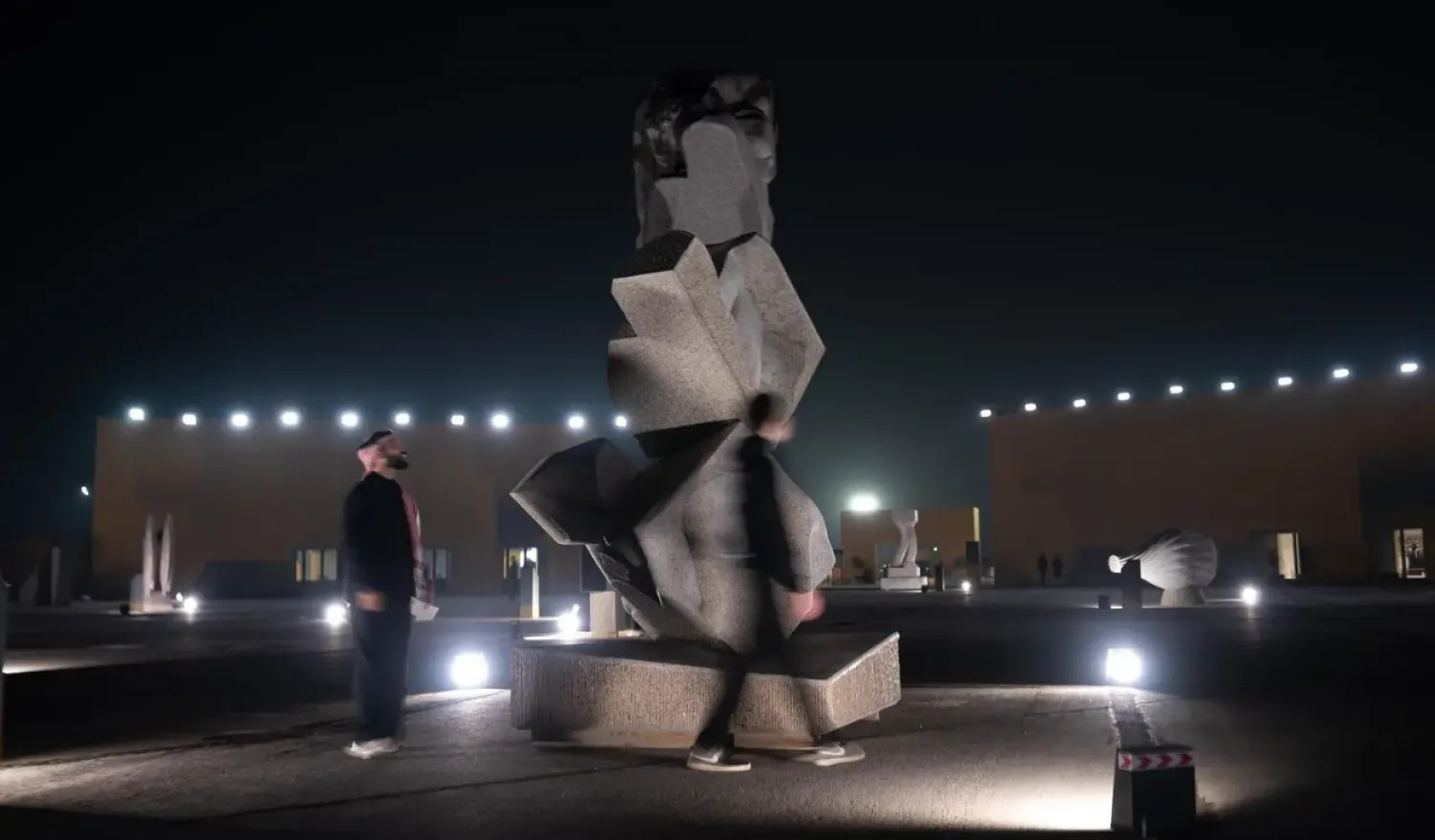Across the Chinese diaspora, racing in dragon boats has been a tradition reaching back thousands of years.
But change is afoot, most recently in central Taiwan where the races were switched to the evening to take advantage of cooler temperatures, a refreshing breeze and the sight of the boats lit up with LED lights running the length of the low-lying watercraft, The Associated Press reported.
A drummer pounds out a rhythm behind the elaborately carved dragon head in the bow, while a navigator sits in the stern, where a tail rises to complete the look of the mythical animal, a traditional Chinese harbinger of prosperity and good luck.
It is mainly an amateur sport and crews are formed among groups of neighbors and co-workers. Emily Lin, 31, who works as a sales executive in Changhua county, said training sessions at a local junior high school were an excellent way to strengthen friendships outside of work.
"This dragon boat race allows us to meet, exchange and take part in something,” Lin said Monday following qualifiers the previous night.
Daytime racing means dealing with the intense central Taiwan sun reflecting off the river, leaving you feeling unwell, said Chen Ta-tzung, a 28-year-old machinery maintenance specialist.
"But in the evening, you don’t have the sun,” Chen said, a bit of a breeze making everything easier than during the day. “When we focus on rowing during the race, we cannot enjoy the beautiful scene. But when we row back, we can really enjoy the beautiful sights,” he added.
This year's races hold a special meaning for many participants and observers as they are the first after a three-year break because of the COVID-19 pandemic.
The sizes of the boats vary and the numbers of rowers can range from ten to 20 or more. The festival generally falls at the start of June based around the summer solstice according to the Chinese lunar calendar.
Over recent decades, the sport has spread in popularity around the world and standards have been imposed on rules and equipment, including the size of paddles and requirements that the drummer, playing a similar role to the coxswain in college and Olympic rowing, maintains a constant beat.
“Racing at night is special for rowers," said Huang Yi-kai, 21, who is a coach for standup paddleboard rowers. "This allowed rowers to focus on the moment. It's a refreshing experience.”
Dragon boat races are also being held in Hong Kong and Macao, as well as around mainland China.
Taiwan Nighttime Dragon Boat Racing Puts Modern Twist on Ancient Tradition

Dragon boat crew members participate in a traditional Chinese dragon boat race in Taipei, Taiwan, Saturday, June 8, 2024. (AP Photo/Chiang Ying-ying)

Taiwan Nighttime Dragon Boat Racing Puts Modern Twist on Ancient Tradition

Dragon boat crew members participate in a traditional Chinese dragon boat race in Taipei, Taiwan, Saturday, June 8, 2024. (AP Photo/Chiang Ying-ying)
لم تشترك بعد
انشئ حساباً خاصاً بك لتحصل على أخبار مخصصة لك ولتتمتع بخاصية حفظ المقالات وتتلقى نشراتنا البريدية المتنوعة







